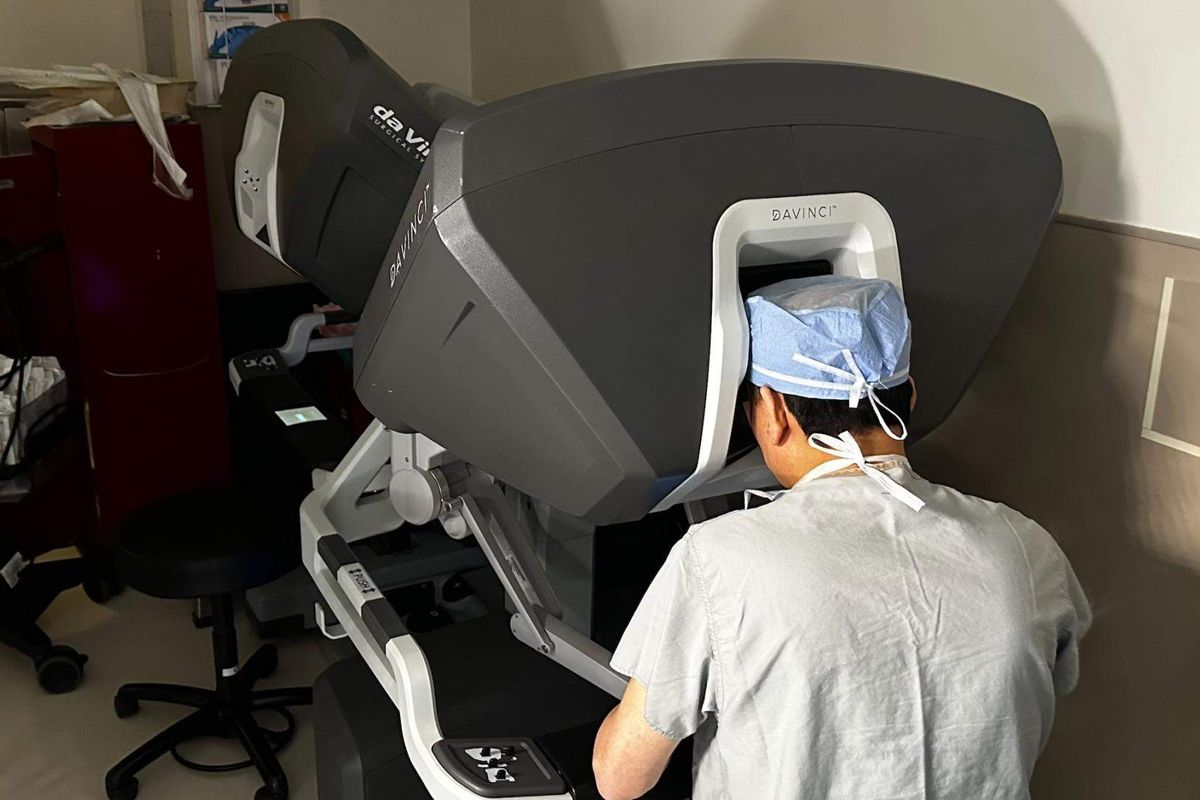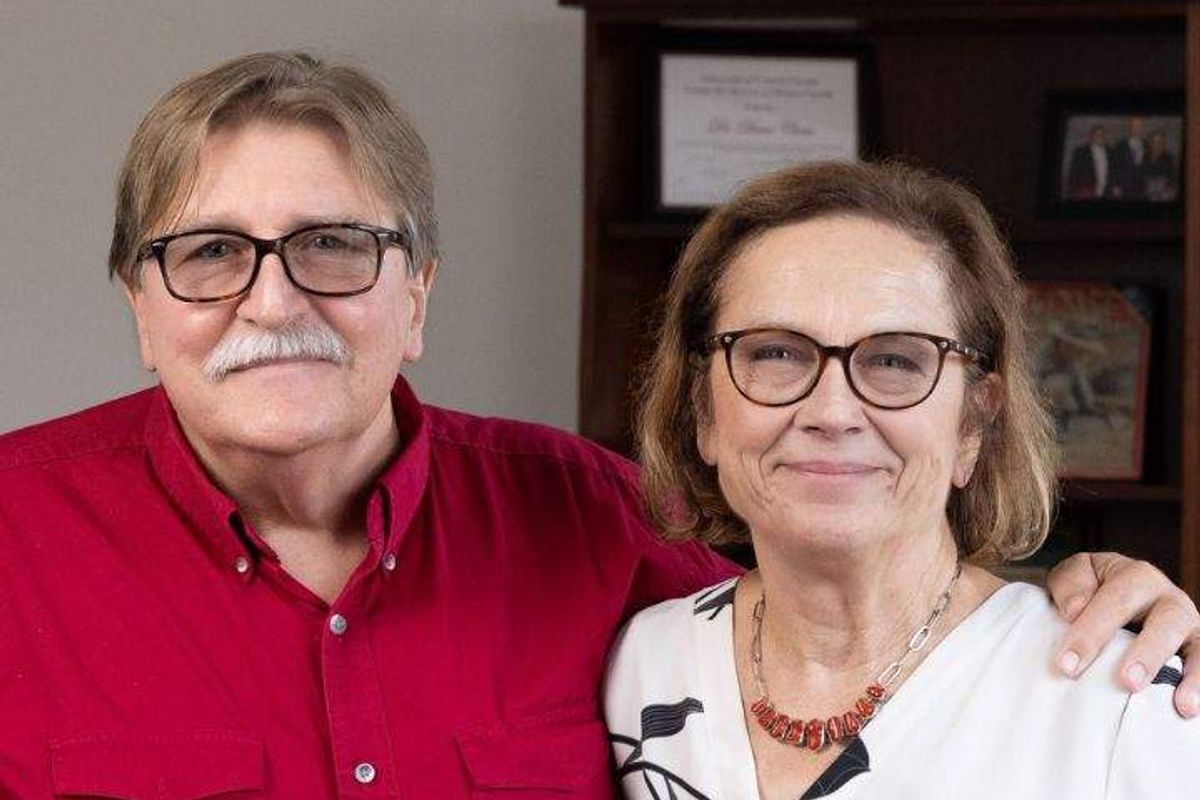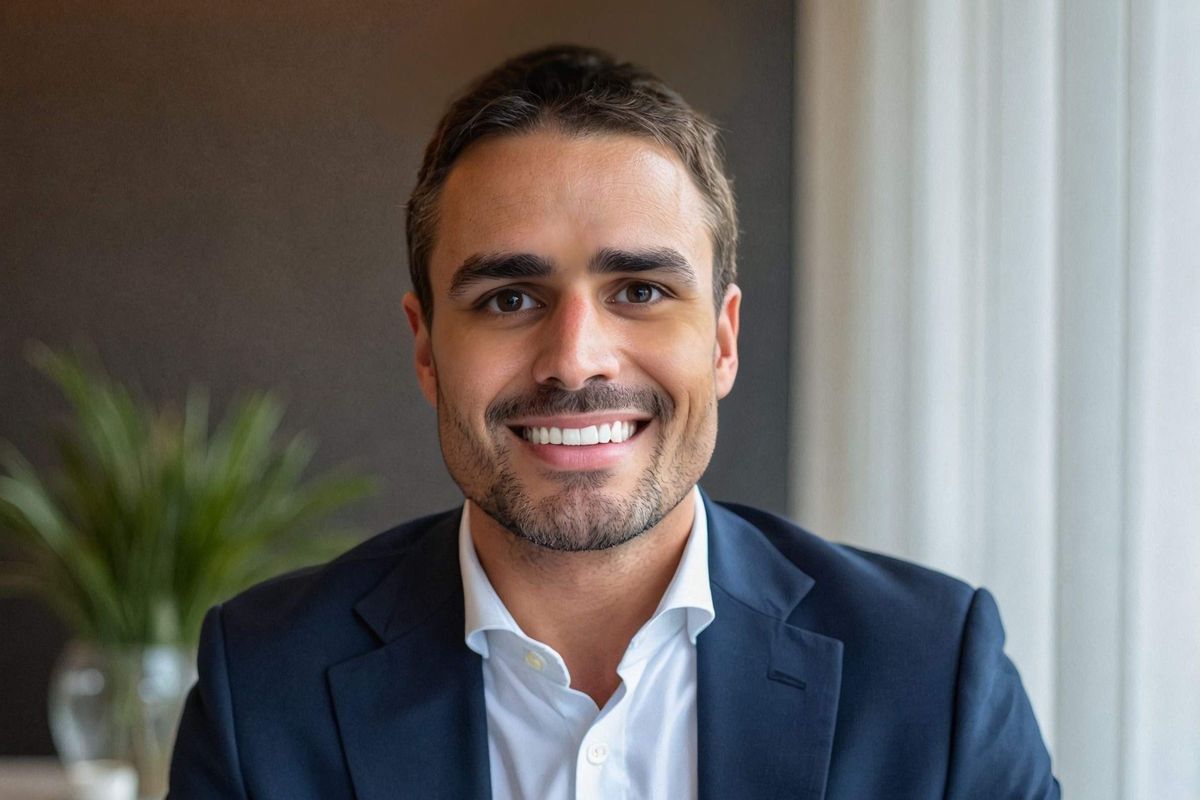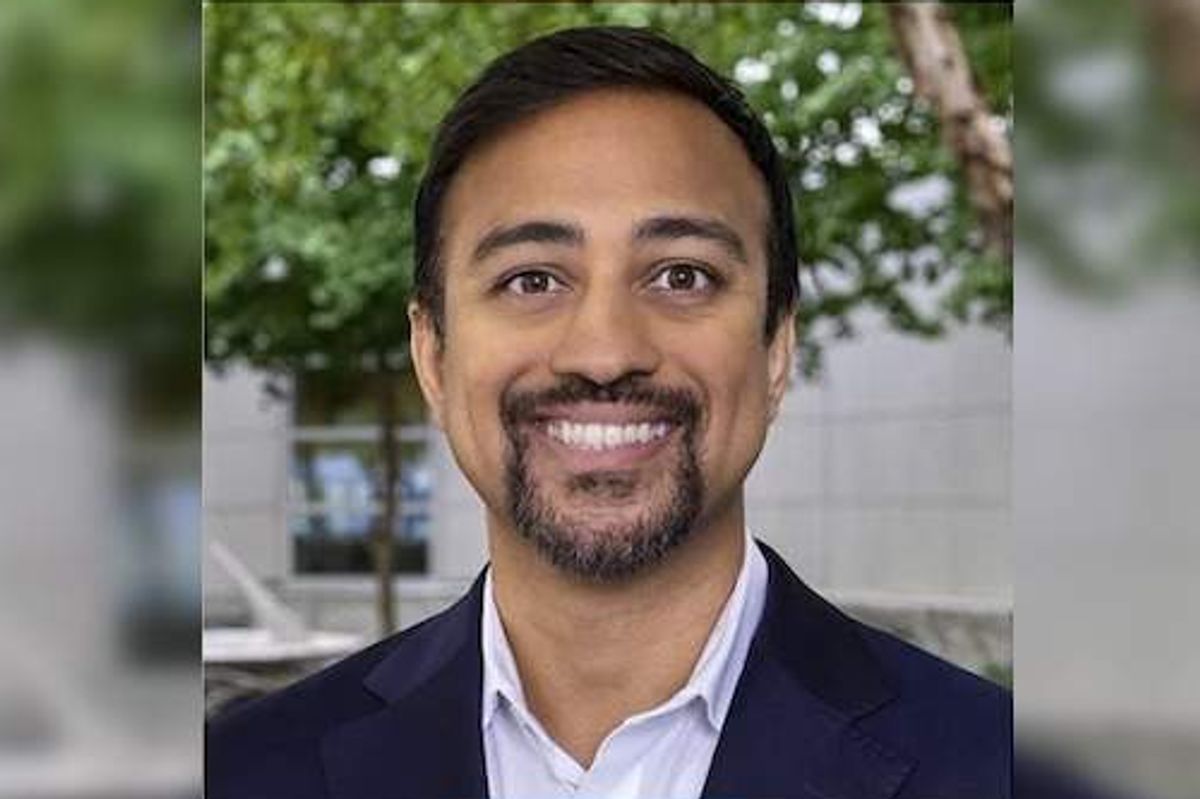Editor's note: Local innovators made headlines in July with a first-in-the-U.S. successful health procedure, the discovery of an ancient Mayan tomb, and new leadership roles that will shape Houston's future.
Here are five Houston innovators to know right now.
Dr. Kenneth Liao, Baylor College of Medicine

Dr. Kenneth Liao and a team at Baylor St. Luke’s Medical Center used a surgical robot to implant a new heart in a 45-year-old male patient. Photo courtesy Baylor College of Medicine.
A team at Baylor St. Luke’s Medical Center, led by Dr. Kenneth Liao, successfully performed the first fully robotic heart transplant in the United States earlier this year, the Houston hospital recently shared.
Liao, a professor and chief of cardiothoracic transplantation and circulatory support at Baylor College of Medicine and chief of cardiothoracic transplantation and mechanical circulatory support at Baylor St. Luke’s Medical Center, used a surgical robot to implant a new heart in a 45-year-old male patient through preperitoneal space in the abdomen by making small incisions. Learn more.
Arlen F. Chase and Diane Z. Chase, University of Houston

The Chases. Courtesy of UH
Two University of Houston archaeologists have made scientific history with the discovery of a Mayan king's tomb in Belize.
The UH team led by husband and wife scientists Arlen F. Chase and Diane Z. Chase made the discovery at Caracol, the largest Mayan archeological site in Belize. Their work used airborne light detection and ranging technology to uncover previously hidden roadways and structures that have been reclaimed by the jungle. Learn more.
Lawson Gow, Greentown Labs

Lawson Gow, founder of The Cannon, will lead Greentown Houston. Photo courtesy Greentown Labs.
Greentown Labs has added a new leader to its Houston team, naming Lawson Gow as its first Head of Houston.
Gow is the founder of The Cannon, a coworking space with seven locations in the Houston area. He also recently served as managing partner at Houston-based investment and advisory firm Helium Capital. According to Greentown, Gow will "enhance the founder experience, cultivate strategic partnerships, and accelerate climatetech solutions" in his new role. Learn more.
Pothik Chatterjee, Digital Health Institute

Pothik Chatterjee was named executive director of Rice University's and Houston Methodist's Digital Health Institute, effective May 1. Photo courtesy Rice University.
The creation late last year of the Digital Health Institute was a major step into the future for both Rice University and Houston Methodist, for whom the institute is a joint venture. The latest news for the new institute is the appointment of Pothik Chatterjee to the role of executive director.
Chatterjee’s role is to help grow the collaboration between the institutions and find commercial opportunities within the research portfolio. Learn more.

 Diane Z. Chase in the Mayan tomb. Photo courtesy of University of Houston
Diane Z. Chase in the Mayan tomb. Photo courtesy of University of Houston UH archaeologists Arlen F. Chase and Diane Z. Chase Photo courtesy of University of Houston
UH archaeologists Arlen F. Chase and Diane Z. Chase Photo courtesy of University of Houston








